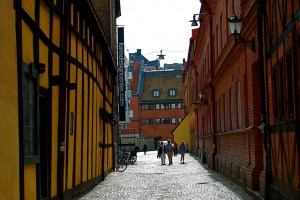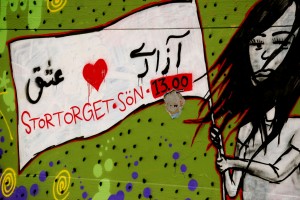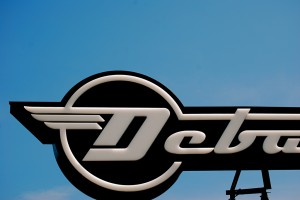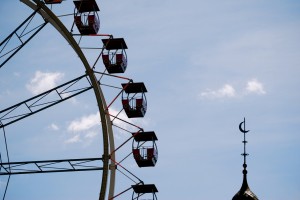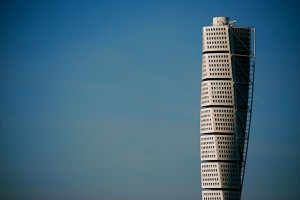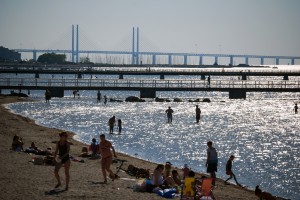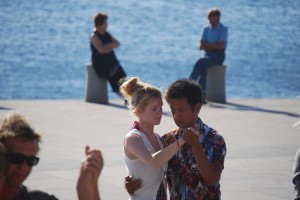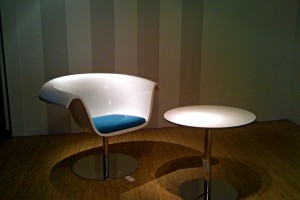A LOCAL FRIEND described Malmö as an “open and alternative city; a bit fuzzy and wild but in a good way.” Sweden, in my mind, seemed so neat and orderly; the notion that Malmö had a reputation as unruly was intriguing.
So, on my most recent Scandinavian visit, when my friend couldn’t get time off to leave town, I had the opportunity to get past the headlines and explore the city with someone who knew it.

